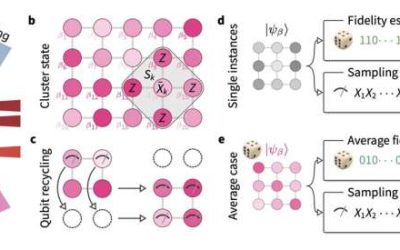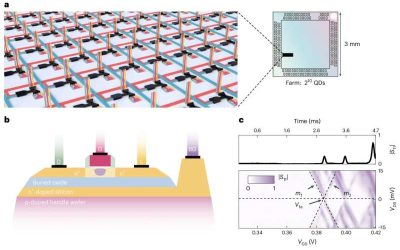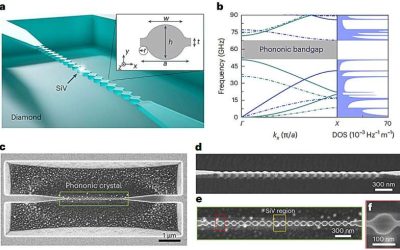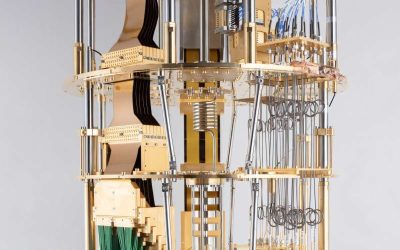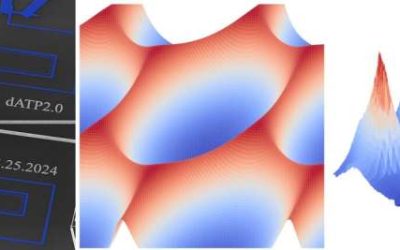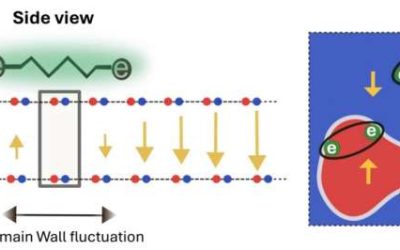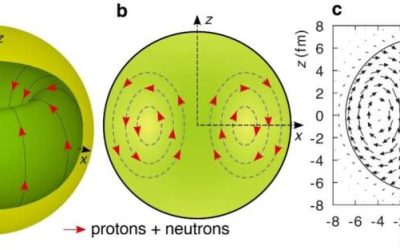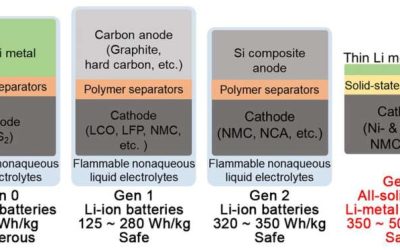One of the key goals within the field of quantum computing is to achieve what is known as a quantum advantage. This term essentially describes the point after which a quantum computer can outperform a classical computer on a specific task or solve a problem that is...
Physics
Study demonstrates integration of 1,024 silicon quantum dots with on-chip electronics all operating at low temperatures
Quantum computers have the potential of outperforming classical computers on some optimization tasks. Yet scaling up quantum computers leveraging existing fabrication processes while also maintaining good performances and energy-efficiencies has so far proved...
Newly fabricated crystals control interactions between high-frequency phonons and single quantum systems
Phonons, the quantum mechanical vibrations of atoms in solids, are often sources of noise in solid-state quantum systems, including quantum technologies, which can lead to decoherence and thus adversely impact their performance.
Scientists achieve direct experimental realization of dual-type entangling gates
To develop scalable and reliable quantum computers, engineers and physicists will need to devise effective strategies to mitigate errors in their quantum systems without adding complex additional components. A promising strategy to reduce errors entails the use of...
Quantum experiment generates long-range entanglement in 54-qubit system
The operation and performance of quantum computers relies on the ability to realize and control entanglement between multiple qubits. Yet entanglement between many qubits is inherently susceptible to noise and imperfections in quantum gates.
Resistance measurement approach successfully observes topological signatures in multiterminal Josephson junctions
Multiterminal Josephson junctions, nanoscale devices with unique electronic properties, comprise non-superconducting metallic material coupled to three or more superconducting leads. These devices have proved to be promising platforms for the exploration of...
Domain wall fluctuations in 2D materials reveal a new mechanism of superconductivity
Two-dimensional (2D) van der Waals are made of atomically thin layers, held together by weak van der Waals forces. These materials have been the focus of numerous studies, as their unique properties make them ideal for studying various exotic and rare physical...
The first observation of time-domain oscillations between two distant semiconductor spin qubits
Quantum computing holds the promise of outperforming classical computing on some optimization and data processing tasks. The creation of highly performing large-scale quantum computers, however, relies on the ability to support controlled interactions between qubits,...
Nickel-58 nucleus may host elusive toroidal dipole excitations
Dipole toroidal modes are a unique set of excitations that are predicted to occur in various physical systems, ranging from atomic nuclei to metamaterials. What characterizes these excitations, or modes, is a toroidal distribution of currents, which results in the...
New superionic conducting electrolyte could enhance stability of all-solid-state lithium metal batteries
All-solid-state lithium metal batteries (LMBs) are promising energy storage solutions that incorporate a lithium metal anode and solid-state electrolytes (SSEs), as opposed to the liquid ones found in conventional lithium batteries. While solid-state LMBs could...

